05.03.13
“Men hang out their signs indicative of their respective trades; shoemakers hang out a gigantic shoe; jewelers a monster watch, and the dentist hangs out a gold tooth; but in the mountains of New Hampshire, God Almighty has hung out a sign to show that there, He makes men.” – (attributed to) Daniel Webster
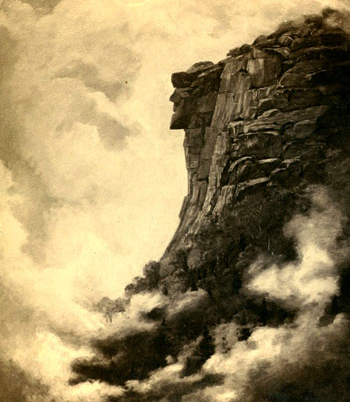
It was 10 years ago today that our Old Man of the Mountain, the symbol of the State of New Hampshire and whose likeness still graces the shoulders of our State Park uniforms, fell in the middle of the night. The Old Man of The Mountain, in Franconia Notch State Park, finally lost its ancient battle against erosion and gravity on May 3, 2003. The profile was first pointed out to settlers by the Native Americans in 1805. And while this occurred nearly 100 miles away from Grand Monadnock (there are chiseled dates on Monadnock’s summit older than the “discovery” of the Old Man, by the way), the geological formation that Nathaniel Hawthorne referred to as “The Great Stone Face”, proved to be a lasting icon who still touches our hearts. I am proud that the State continues to use the Old Man in its symbols, logos, and signage, and that he is still remembered at the Profile Plaza off of I-93 where a ceremony took place today. Many people don’t understand how the Old Man of the Mountain moved or inspired us so much. Some people don’t understand what his image, and even his story, stirred in us for 200 years. To this day, I still can not travel through Franconia Notch State Park, even in fog or after nightfall, without my eyes peering up to the ledges of Cannon Mountain where he once watched over us; sometimes I still say “hello” to him. Admitting that I greet, out loud, a stone formation that isn’t even there anymore, sounds absurd, even to me. But, yet, it feels like a natural thing to do when I am there, in the moment. I suppose it speaks to how the outdoors can foster deep emotions in us and influence us in ways that we have a hard time explaining, even to ourselves; we let our minds go and allow for a timeless and ancient deeply rooted connection to the guiding splendor and beauty of Nature. For many of us, the Old Man was a literal and figurative reflection of us as a people, as well as a personification of our storied and beloved New Hampshire mountains.

An image of the Old Man hangs over the desk in the Monadnock State Park office today, alongside President Lincoln. They were very different in life, but their impact on me, as a person, contain parralels and I draw daily inspiration from both. I realize neither have many ties to this mountain, and even though they are gone, their influence remains and I am comforted by their still, distinctive images that look over me in my duties while serving Grand Monadnock and the State of New Hampshire.

Monadnock Trail Conditions
Monadnock’s trails are all almost completely void of any evidence of winter. You would be hard-pressed to find any snow or ice on any trails at this time. With the recent lack of rain, the trails are relatively dry now, as a whole.
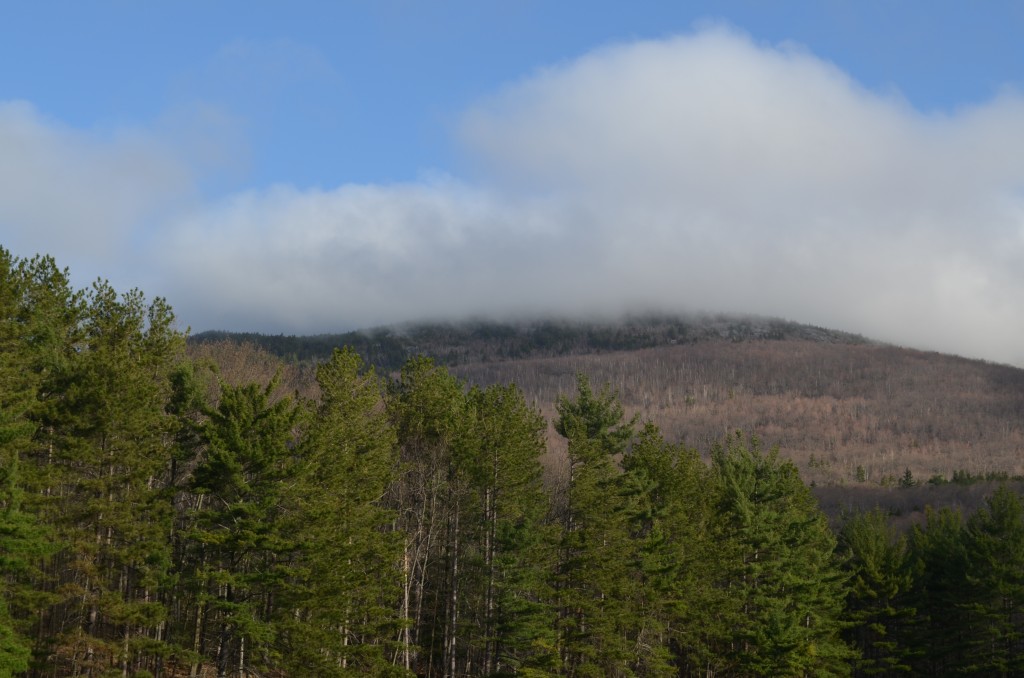
The upcoming forecast for the Monadnock Region looks very favorable, with daytime temperatures through the weekend and into next week in the upper 60’s. Campers this weekend will continue to experience colder nights, with overnight temperatures at the base of Monadnock dropping into the upper 30’s.
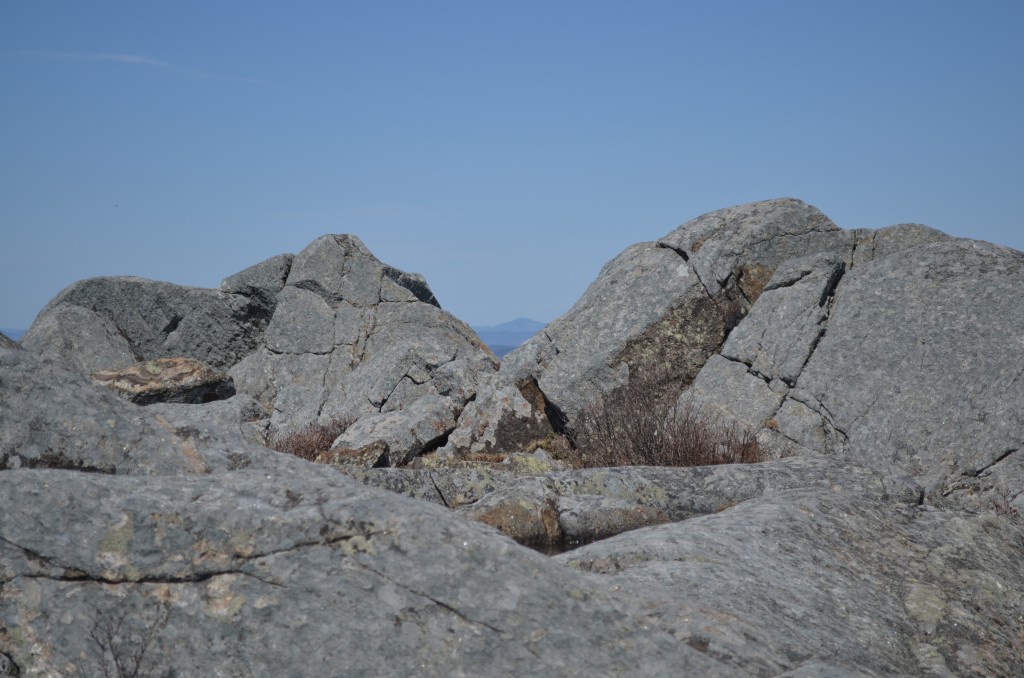
The black flies are starting to come out now, although they are not too much of a nuisance yet, their numbers are growing. If you are easily disturbed by black flies, some bug spray in your pack should be considered.
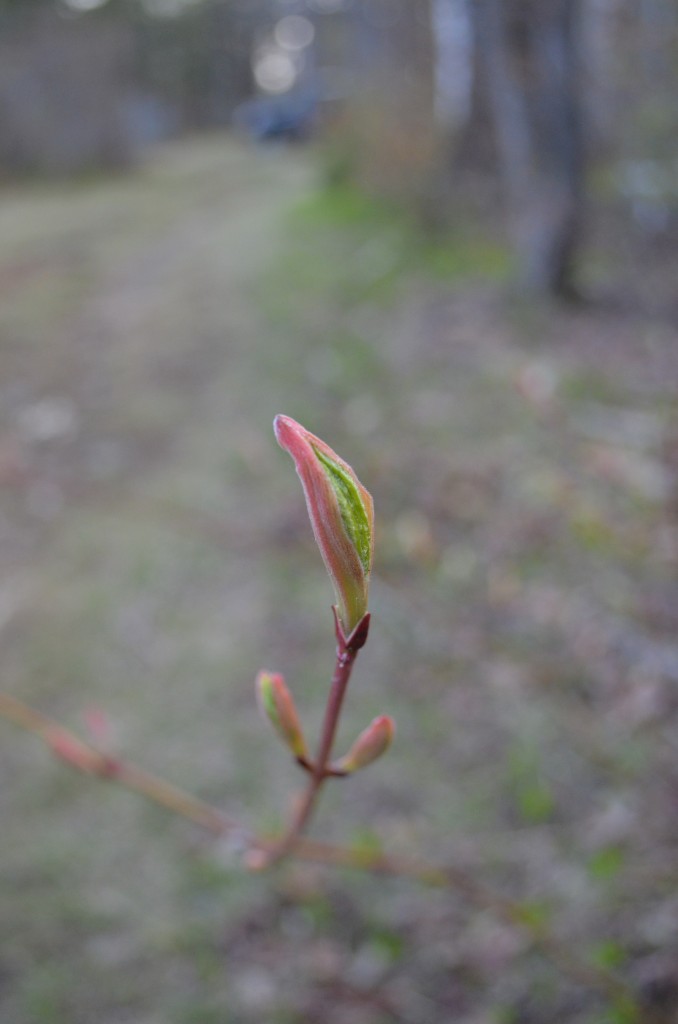
Ticks are out in great abundance, so hikers and campers need to take precautions and check themselves over for ticks periodically. And stay on trail to minimize the chances of a tick finding you.
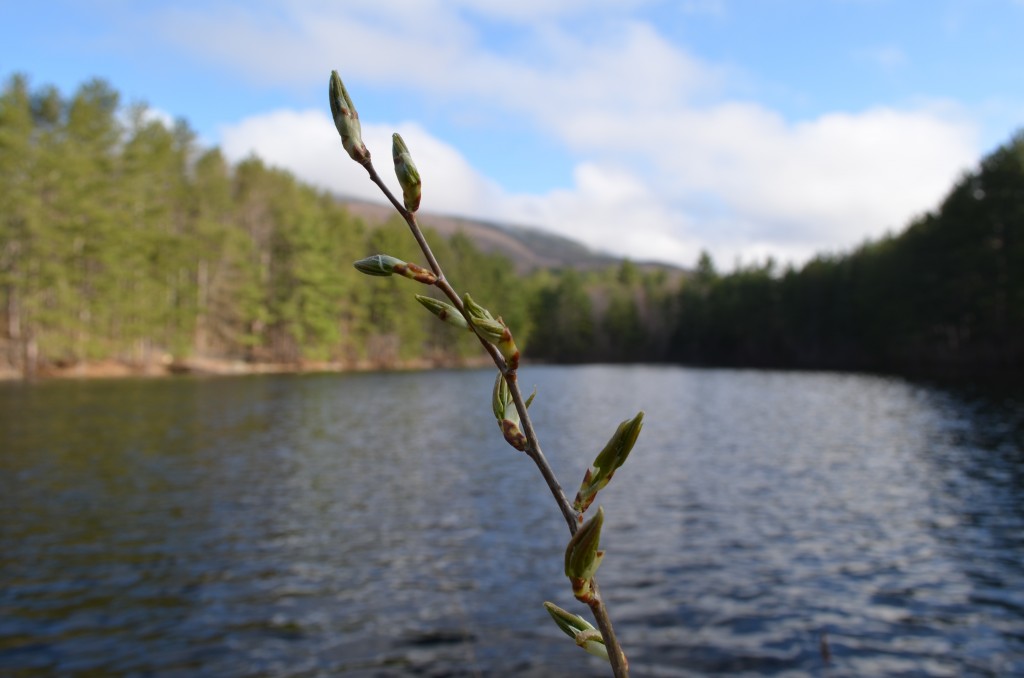
This Week in Monadnock History
This week, as we reflect on the Old Man Of The Mountain, I also reflected on the men who have served Monadnock State Park over the years. In the 80 years that staff have worked at Monadnock State Park, I am the 8th Park Manager who has had the privilege of overseeing this cherished mountain. While our titles have changed over the years (Park Superintendent, Chief Ranger, Park Warden, Park Manager, etc.), our roles and responsibilities are largely the same. This week, we will give a nod to and learn a little bit more about Monadnock’s second Park Manager, George W. Quinn.
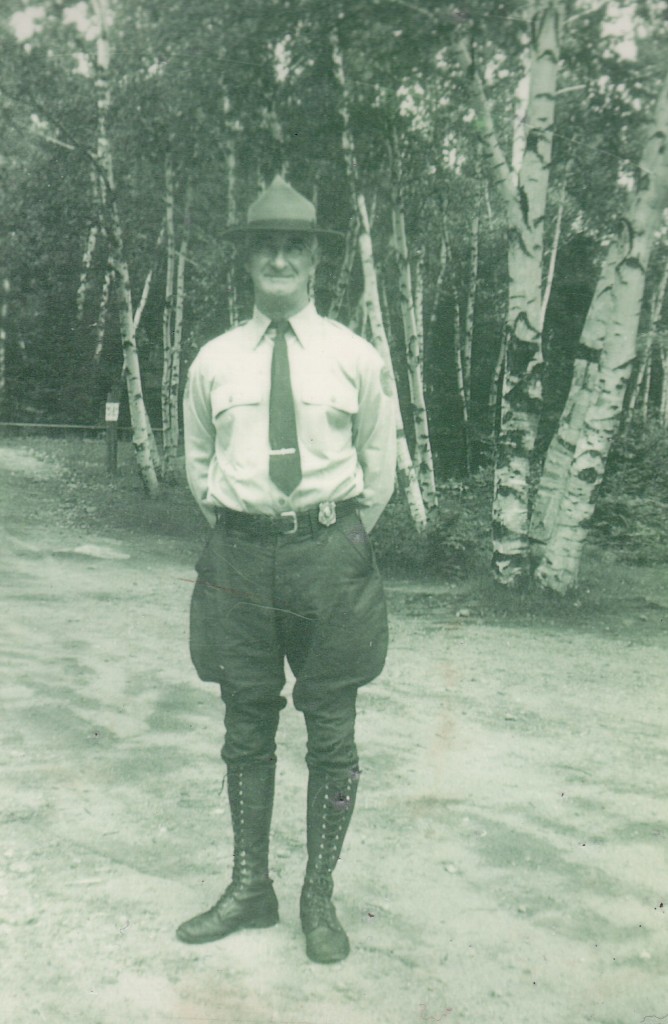
George Quinn was born in 1884. “Second generation Irish,” Quinn resided in the town of Temple, NH where he moved to in the early 1900’s. Quinn worked a few jobs in his life, in addition to his work at Monadnock. George ran the family farm and served for many years as the local State Highway Foreman. He oversaw the original paving of Route 101 between Wilton and Peterborough. Quinn was also active in community politics and served as a selectman, in addition to other posts.
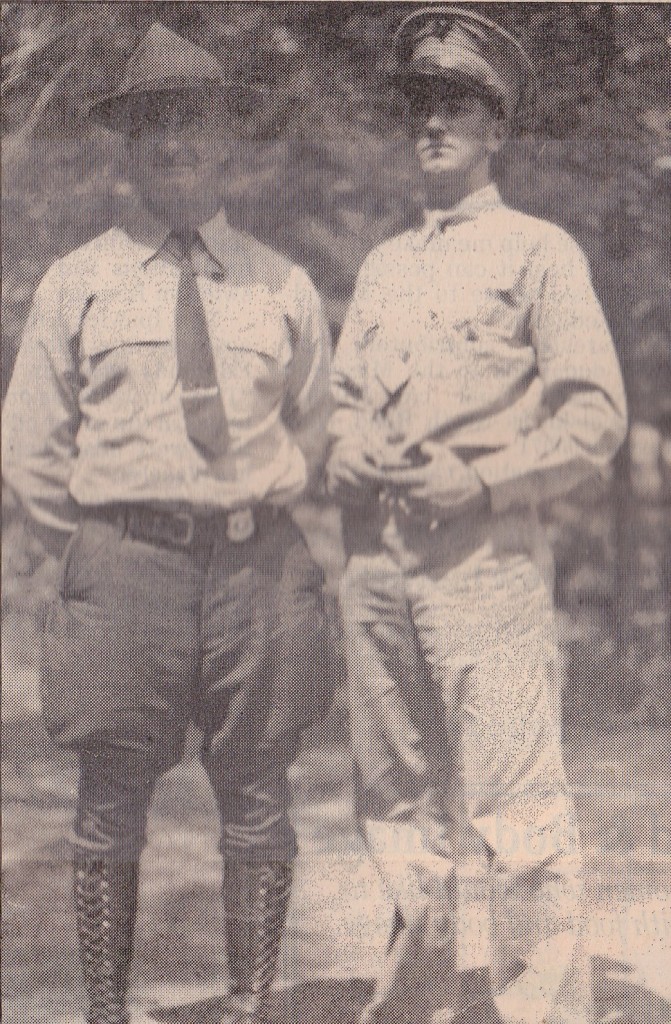
We do not have record of exactly when George Quinn took over supervisory duties at Monadnock, but it is thought to have been sometime in the early 1940’s. Quinn served in the post until 1950.
George Quinn’s wife, Kittie Quinn, worked at Monadnock part time, running the concession stand. Kittie would also be there to help out in search and rescue cases, often boiling coffee for when the staff and hiker(s) in need would return to the base.
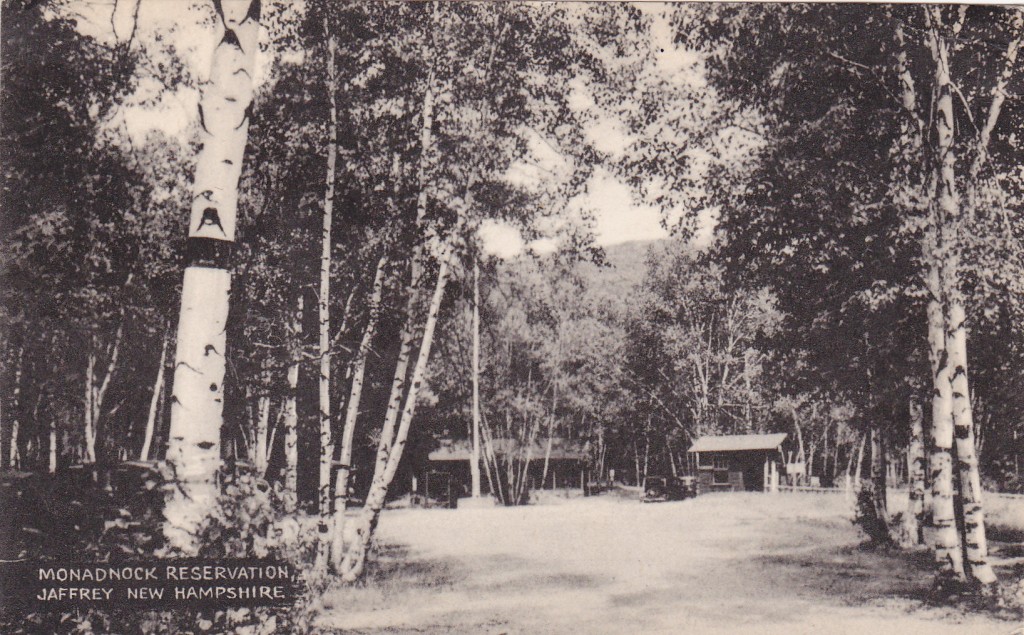
George would live on site, overnighting at what is now the Monadnock Park Office during the weekends. He drove his Model A back home to Temple during the middle of the week.
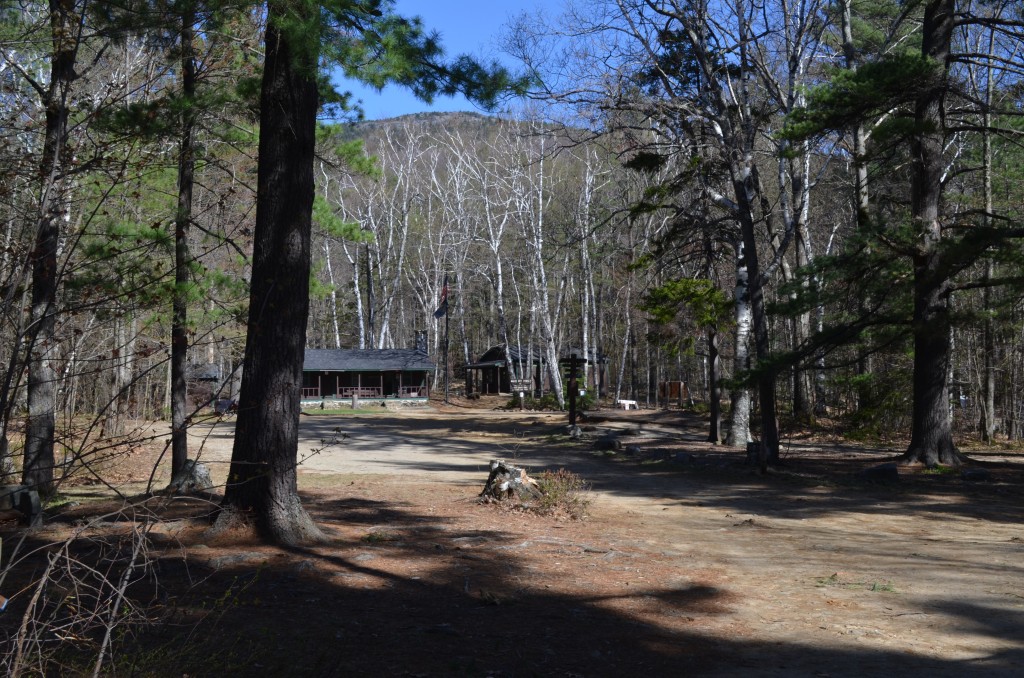
Former Monadnock Manager Charlie Royce, who grew up in Jaffrey, remembers seeing George Quinn driving his Model A. All of the local kids knew his car and would point out Mr. Quinn as the Superintendent of Monadnock when he drove by.
George Quinn passed away in 1956, not long after leaving his post at Monadnock State Park.
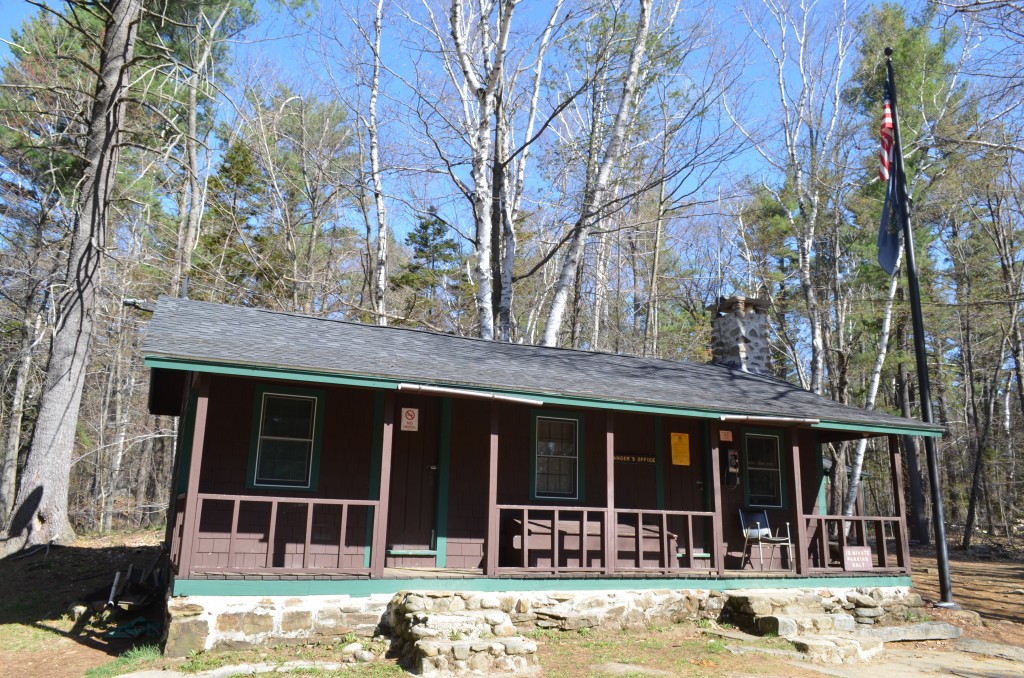
I want to thank the Quinn family for their remembrances and for the photographs of George, which we house in our Park archives.
I want to also thank George, and the rest of my predecessors, for their long and diligent service to Mount Monadnock and Monadnock State Park. I could not be prouder to be a part of the mountain’s history.
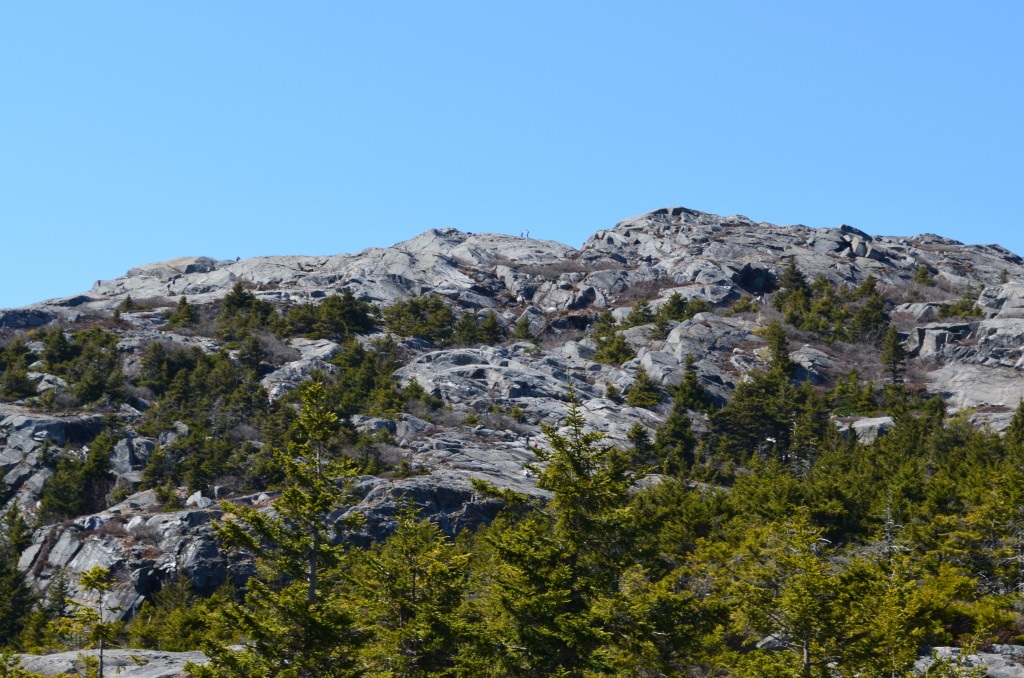

Once again, great pictures and a very interesting story about George Quinn. I can picture him riding that old Model A with a big smile back and forth to Temple. Being a Marine myself, it was upsetting to hear about his son losing his life during WWII. When I’m up on top I sometimes think of war and often ask why they even exist.
Thanks for the kind words, again, Fred. As Park Managers, we’re still “regular folks” too, who deal with the same situations, challenges, and experiences that everyone else does. It is sad for Mr. Quinn, losing a son in battle, just as any other family affected by war. But, we are very fortunate to have special places, like Monadnock, where we can reflect and think deeply away from the distractions and distortion of every day life and take those thoughts, influences, and conclusions back with us into our day to day lives, hopefully assisting us in better serving our neighbors, communities, and our planet.
I was just wondering if the snow/ice is still heavily on the trails. Last time I went (early April), we had to use cramp-ons.
The snow and ice has melted off for the season. You should be able to bareboot on any of the trails on Monadnock at this time.
Thank you for honoring my Great Grandfather and Great Uncle in this article. Even though my Dad relays as much family history as he can to me, I still learned a couple things I did not know about Great Grampa George. It sounds like the Mountain is in good hands with you in the position now.